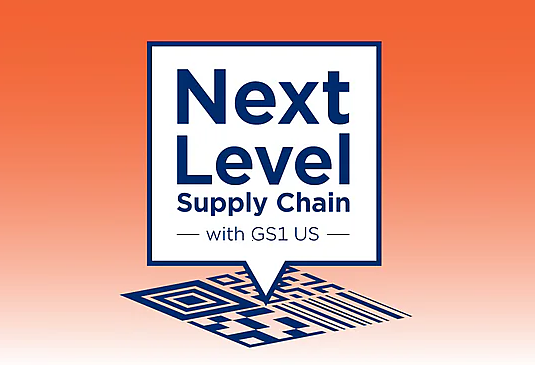Beyond visibility, companies need to connect with Small and Medium Enterprises (SMEs) more efficiently, control implementation costs, and improve the quality of their data.
GS1 Standards in Action
For more than 40 years, the GS1 System of global supply chain standards have revolutionized efficiency, accuracy, and cost-effectiveness in a broad range of industries. The GS1 System of Standards are a “common language” that allows companies and their trading partners to identify items at any point along the supply chain. GS1 Standards provide unique identification of items and products that link items to their applicable information. Think of GS1 Standards as the DNA of an item or product moving through the supply chain.
GS1 US is proud to include more than 300,000 businesses and more than 25 industries as members. Even though each differs in size, industry, and challenges, they all have the same objective: to leverage the GS1 System of Standards to help innovate, operate more efficiently, and build capabilities that drive their business. Benefits of membership include:
- Awareness Web Broadcasts (A medium for solving supply chain challenges and expanding standards global adoption)
- Access to member-only RosettaNet® Standards’ documentation and resources
- Participation in quarterly implementer Web Broadcasts
- Right to submit quarterly DTD and XSD RosettaNet PIP Maintenance
- Basic help desk support (log-ins, website navigation, member benefits, standards clarification)
- Quarterly Community Update (Submissions are only accepted from members)
- GS1 US Member Services
- The opportunity to participate in other developing initiatives within GS1 US

